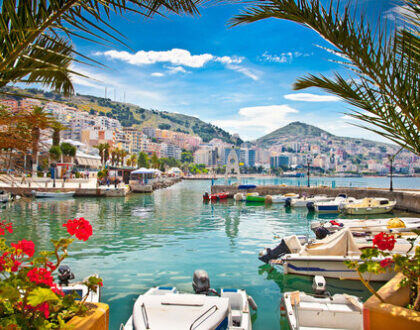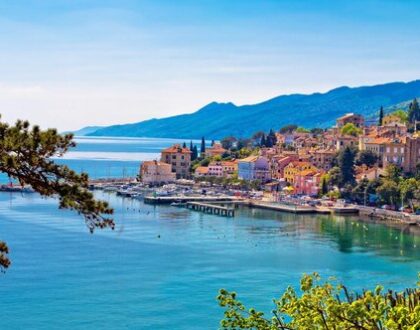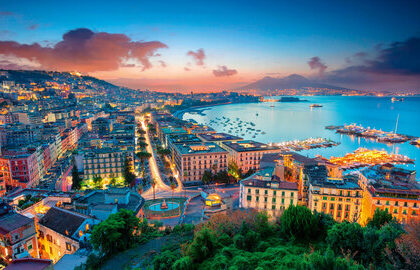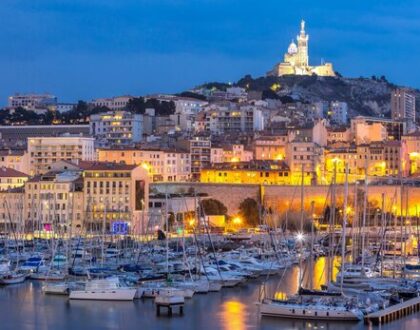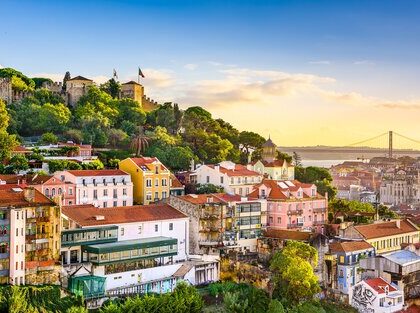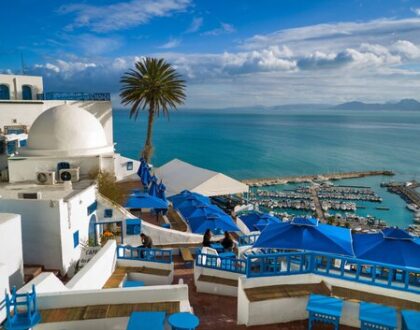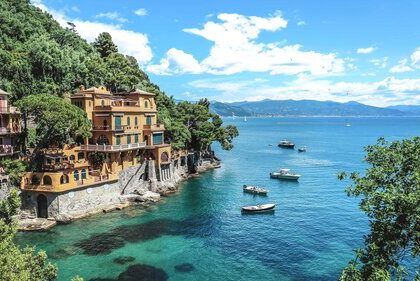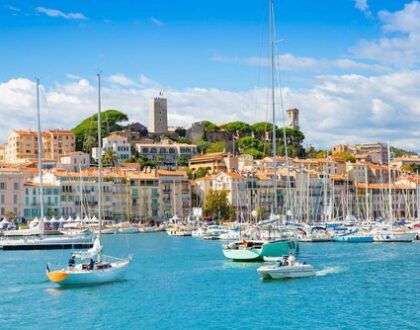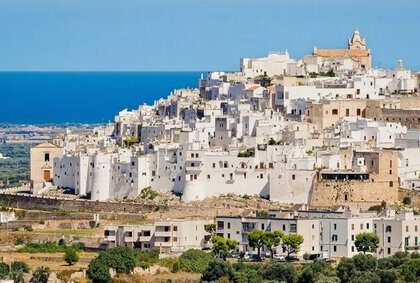
VALLETTA, MALTA
As you approach Valletta — the capital of Malta, a tiny island nation located at the crossroads of Europe and Africa — you’ll see its golden cityscape appears on the horizon, crowned by the imposing dome of Basilica of Our Lady of Mount Carmel. The 16th-century church is just one of the many discoveries that await you in Valletta — the entire city is a UNESCO World Heritage Site.
Explore St. John’s Co-Cathedral, a lavishly adorned Baroque sanctuary that reflects the former wealth of the Knights of Malta. Walk through the Grand Master’s Palace, where you can see weapons and armor from the age of chivalry at the Palace Armory. Take in ocean views from the Grand Harbor, a seaside fortress dating back to 1530.
THINGS TO DO IN VALLETTA
HAVE THE MALTA EXPERIENCE
Despite its small size, Malta’s history is pretty epic. The audio-visual presentation at Valletta’s Malta Experience Museum takes less than an hour of your time and explains everything from the country’s early origins as a trade hub to its role in the World War II resistance movements. Or check out Neolithic pottery and prehistoric art at the National Museum of Archaeology.
GET LOST IN VALLETTA’S STREETS
Valletta’s streets tell a living history, from churches like St. Paul’s Anglican Cathedral and St. John’s Co-Cathedral, to military buildings such as Fort St. Elmo and the Lascaris War Rooms. Don’t miss the Grand Master’s Palace, with everything from 16th-century armor to 18th-century tapestries depicting the first expeditions to the New World.
CIRCLE THE CITY WALLS
If you still doubt whether Malta is the sparkling treasure it appears to be from afar, take a walk around Valletta’s imposing city walls. Hike up to their highest point at Upper Baracca Gardens, where you’ll be met with gorgeous views of the historic city and the sparkling blue Mediterranean.
LOCAL CUISINE
Malta’s culinary heritage is as eclectic as the rest of its history, with a mix of North African and European influences. Head to Valletta’s port area to dine at one of the many seafood-focused restaurants for dishes like pixxispad, swordfrish fried in olive oil with lemon. Or seek out heartier fare like stuffat tal-fenek, a rabbit stew, or bragioli — thin slices of beef stuffed with bacon, egg and breadcrumbs and slowly cooked in red wine sauce.
The UNESCO-protected port of Valletta, the capital of the island of Malta, is one of the must-see stops for every Mediterranean cruise of merit.
You can admire this port, constructed in the second half of the 16th century by the Frenchman Jean de la Valette and moulded by the religious and military Order of Saint John of Jerusalem. The over 300 monuments rising in little more than half a square kilometre make this a place with one of the greatest density of historical attractions to visit during a cruise, not mentioning other attractions such as its beaches, seaside locales and restaurants.
An excursion to the island can start right from its capital, Valletta, which enchants the cruise-goer with its famous Maltese balconies, which decorate the facades of houses in its old quarter. Surrounded by a multitude of churches, which the islanders assure are as many as the days of the year, the St. John’s Co-Cathedral is one of Malta’s biggest tourist attractions.
The National Museum of Archaeology, on the other hand, hosts prehistoric artefacts found on the island. By the Grand Harbour, one can visit the underground passages of Auberge de Castille and the beautiful Baracca Gardens, which overlook the harbour; at night, when the city gates would close, its porticoes served as shelter for travellers. To get a taste of the life of Malta’s ancient nobility, visit Casa Rocca Piccola.
A 16th century Palazzo now the residence of the 9th Marquis De Piro, it has period furnishings and has a bomb shelter built for protection against bombings during the Second World War. The set of the film Popeye can still be seen from Malta’s largest beach, as well as the Sanctuary of Our Lady of Mellieha with a fresco of the Blessed Virgin Mary with Christ; according to tradition, Saint Luke, who was shipwrecked on the island with Saint Paul, is the author of this Byzantine-style fresco.
Sarande – Albania Cruise Tour Information
Sarande – Albania Considered one of the most important tourist centers of the Albanian Riviera, Sarande offers stunning...
Continue ReadingRijeka – Croatia Cruise Tour Information
Rijeka – Croatia On cruises to Rijeka, Croatia, you’ll quickly discover the charm of the country’s third-largest city,...
Continue ReadingNaples – Italy Cruise Tour Information
NAPLES, ITALY With a skyline defined by towering Mount Vesuvis, Naples is a bustling Italian city brimming with...
Continue ReadingMarseille – France Cruise Tour Information
MARSEILLE, FRANCE France’s oldest city, Marseille blends ancient charm with Provencal beauty. In the morning, head to the...
Continue ReadingLisbon – Portugal Cruise Tour Information
LISBON, PORTUGAL Lisbon is a quintessential European city, full of natural beauty, historic architecture and culinary pleasures —...
Continue ReadingTunis – Tunisia Cruise Tour Information
Tunis – Tunisia Ruins of Carthage Ruins of Carthage Just a 5 mile cab or coach tour ride...
Continue ReadingGenoa – Italy Cruise Tour Information
GENOA, ITALY The birthplace of Christopher Columbus, Genoa is a medieval city that’s made a splash in the...
Continue ReadingCannes – France Cruise Tour Information
CANNES, FRANCE The French Riviera is synonymous with glamour and wealth — and when it comes to prestige,...
Continue ReadingBrindisi – Italy Cruise Tour Information
Brindisi – Italy Brindisi, also known by its latin name Brundisium, is located in the “heel” of Italy,...
Continue Reading
